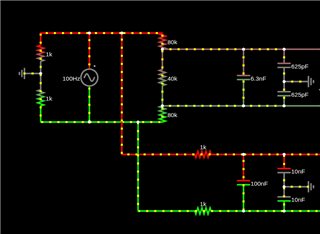Tool/software:
Hello,
I am reading the TI application note "A Basic Guide to Bridge Measurements".
We have an application which requires 10V excitation. We have a bipolar +-2.5V source, and can get a bipolar +-5v source as well.
Obviously, the part can only handle 5v on REFP-REFN, and the suggested solution from the app note seems to be a resistor divider.
I have a few concerns:
- We have customers using our product with long wire runs, is there reason to be concerned about the resistor divider being in place making this situation worse for excitation used as reference? For example, I can imagine that at some point the resistance of the leads gets close to the resistance of the divider.
- I would like to know if it's a good idea or possible to perfectly compensate the RC filter network after the resistors so that the bandwidth is identical to the signal channels.
- What magnitude resistors would you suggest?
- It seems we lose the ability to do burnout current sources to test connections if we buffer anything (though, I suppose we could excite the bridge ourselves).
Is there any solution for AC excitation of bridge sensors that allows for 10v excitation without being overly complex or with these pitfalls?



